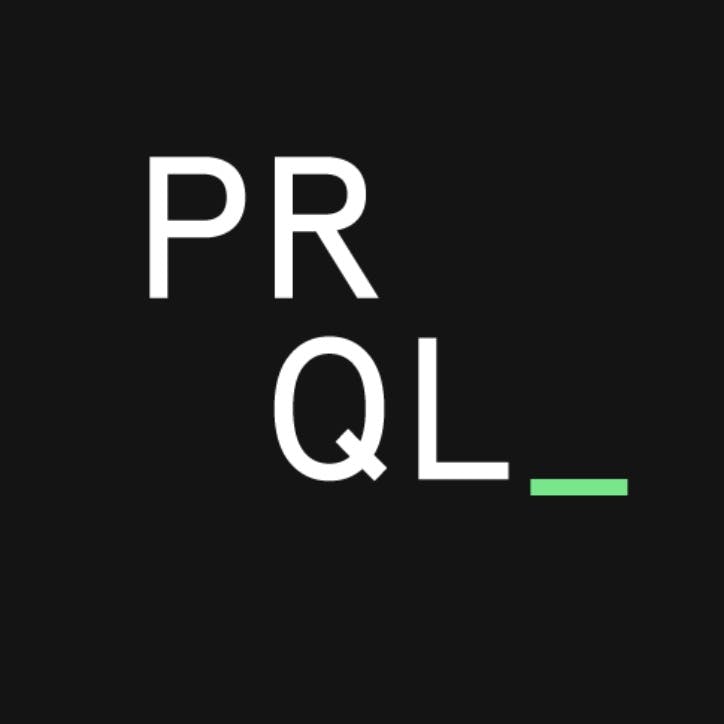- Valuation Model
- Expert Interviews
- Founders, funding
What are the pros and cons of centralizing data integration into one tool?

Conor McCarter
Co-founder at Prequel
Yeah, I think there are a couple ways to approach this.
For one, if you survey a hundred companies, my guess the number that are using just Fivetran or just Airbyte to ingest data from all these different sources will be about 5 percent.
Whether it's multiple ETL tools, whether it's native cloud provided connectors or something like Segment, there are really a lot of places from which companies are already ingesting data.
I do think there's some value in the early stages when you first spin up your warehouse to have that single pane where you can monitor all your upstream connectors, but I think the reality is that companies are going to have a number of these different places where they'll monitor and have to keep tabs on all of that syncing.
My perspective here is that, at some point, it's an entire tool’s job to do all this monitoring—not the job of the ETL provider. That’s because it’s probably not just the sources you're monitoring—it's also all the different transformations that are happening, sources being one part of that big pipeline. And so I actually think where that data comes from is not as important as just having something in place if this really matters to you to monitor this.
It sure would be nice to be able to just log in and see one page where it says, "Hey, everything's operating as usual” or “Hey, you got to do one thing here," but I think the reality for most teams is that they’re more consumed by annoying stuff like fixing manual API scraping jobs.
The odds that one ETL tool can or will ever provide that single view of all the connectors is very low.
Fivetran automates data extraction and replication from cloud applications, databases, and other sources into data warehouses.
Prequel helps SaaS vendors write their own native data warehouse integrations.

